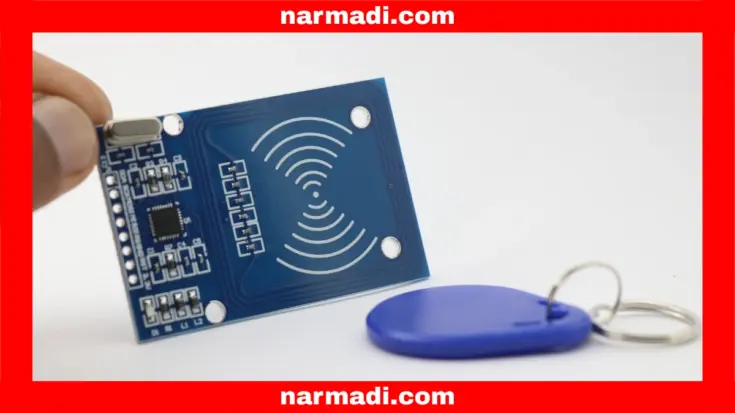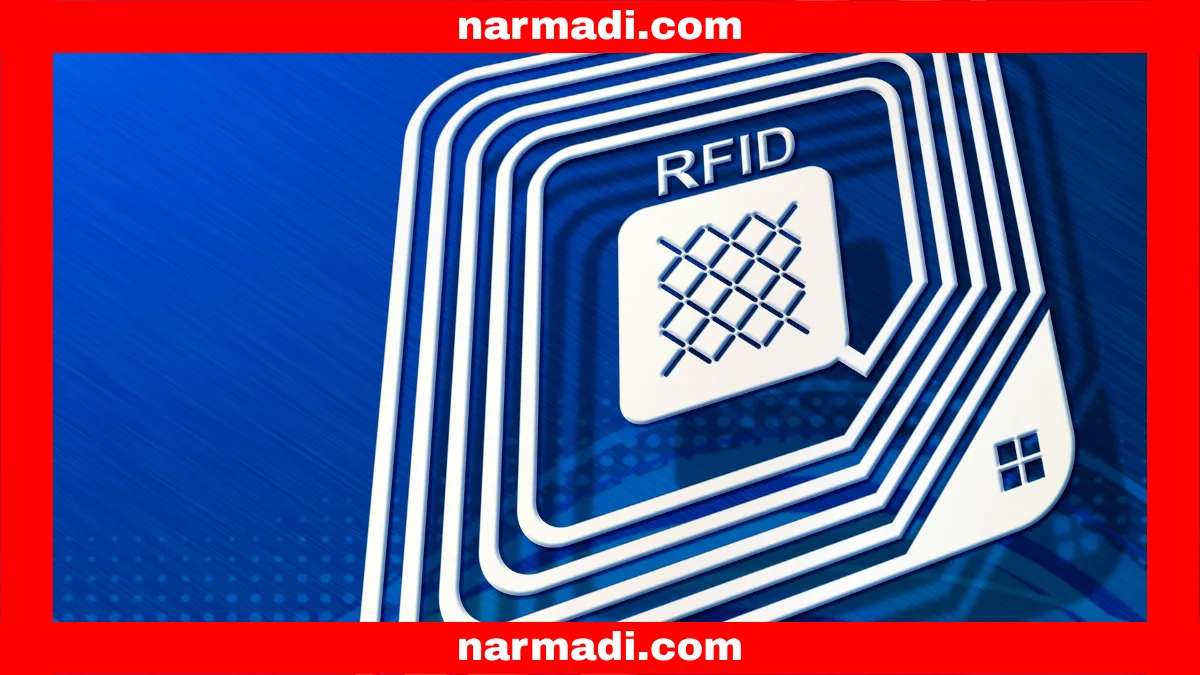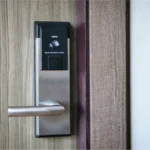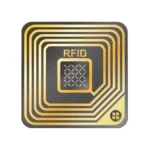The types and functions of Radio Frequency Identification (RFID) have been widely used in various sectors of daily life. It is commonly used for automatic toll payment systems, inventory management in retail stores, asset tracking in companies, and employee identification in offices.
This article will help you understand the types and functions of RFID in everyday life. That way, you can make the most of this technology.
Table of Contents
Types and Functions of RFID
This technology for detecting specific targets or objects has a significant impact on our daily lives. The types and functions of RFID cover many things that we may already be familiar with.
Also Read
By understanding the types and functions of RFID in your daily life, you can maximize its use. This will make your activities more efficient, accurate, and secure.
Types of RFID

Radio frequency identification (RFID) has various types, each designed to meet specific needs in various applications. Based on various sources, here are some commonly used types:
Based on the power source
Passive
Passive RFID types do not have batteries and rely on energy from the RFID reader signal. Therefore, this type only has a short reading range. It is often used for animal identification and basic access control.
Active
Active RFID tags are equipped with their own batteries and are capable of transmitting stronger signals. This type has a wide reading range of up to hundreds of meters. It is often used for long-distance asset tracking.
Semi-passive
Semi-passive RFID tags have an internal battery but still rely on signals from the reader to communicate. This type has a better reading range than passive tags and is more efficient than active tags. They are often used for monitoring the temperature of goods, tracking environmental conditions, and monitoring the storage temperature of medicines.
Based on memory
Read-only
Read-only RFID tags have static characteristics. They can only read information. The stored data is also permanent and cannot be changed after the tag is produced.
Read and write
Read and write RFID tags have dynamic characteristics. They can read and rewrite information. Data stored in the tag can be updated or added to the initial data that has been written.
Based on radio frequency
Low Frequency (LF)
This type operates at low frequencies (LF), usually between 125-134 kHz. The reading range of LF types tends to be short. Examples of applications include access control and pet identification.
High Frequency (HF)
This type operates at high frequencies (HF), typically at 13.56 MHz. The reading range for HF types is around 1 meter. Examples of applications include smart cards, electronic payments (NFC), and access control.
Ultra-High Frequency (UHF)
This type operates at ultra-high frequencies (UHF), typically between 860-960 MHz. The reading range for UHF types is up to several meters. Examples of its application include logistics, supply chains, and inventory management.
The selection of RFID type depends on specific application requirements, including read range, environmental resistance, and implementation costs. This diversity allows the technology to be widely applied across various industries and scenarios.
RFID Functions in Everyday Life

The main function of RFID is to identify and track objects wirelessly, thereby improving efficiency, accuracy, and security. Here are some of its functions:
- Payment systems: Facilitate cashless transactions, such as on transportation cards.
- Access control: Secures access to certain areas or systems, so that only authorized persons can enter.
- Attendance management: Automatically records the attendance of employees or visitors when they tap their RFID cards.
- Inventory tracking: Automatically identifies and counts the number of products without manual intervention in large warehouses or distribution centers.
- Asset management: Automatically tracks the usage history, location of goods, and assets.
Those are the types and functions of RFID in everyday life that you need to know. That way, you will understand what technology is used in smart cards, contactless payments, access control, and applications used in the logistics industry as part of the functions of RFID in everyday life.
We hope this article is useful and that you can make the most of this technology. This will improve the efficiency, accuracy, and security of your daily activities.











